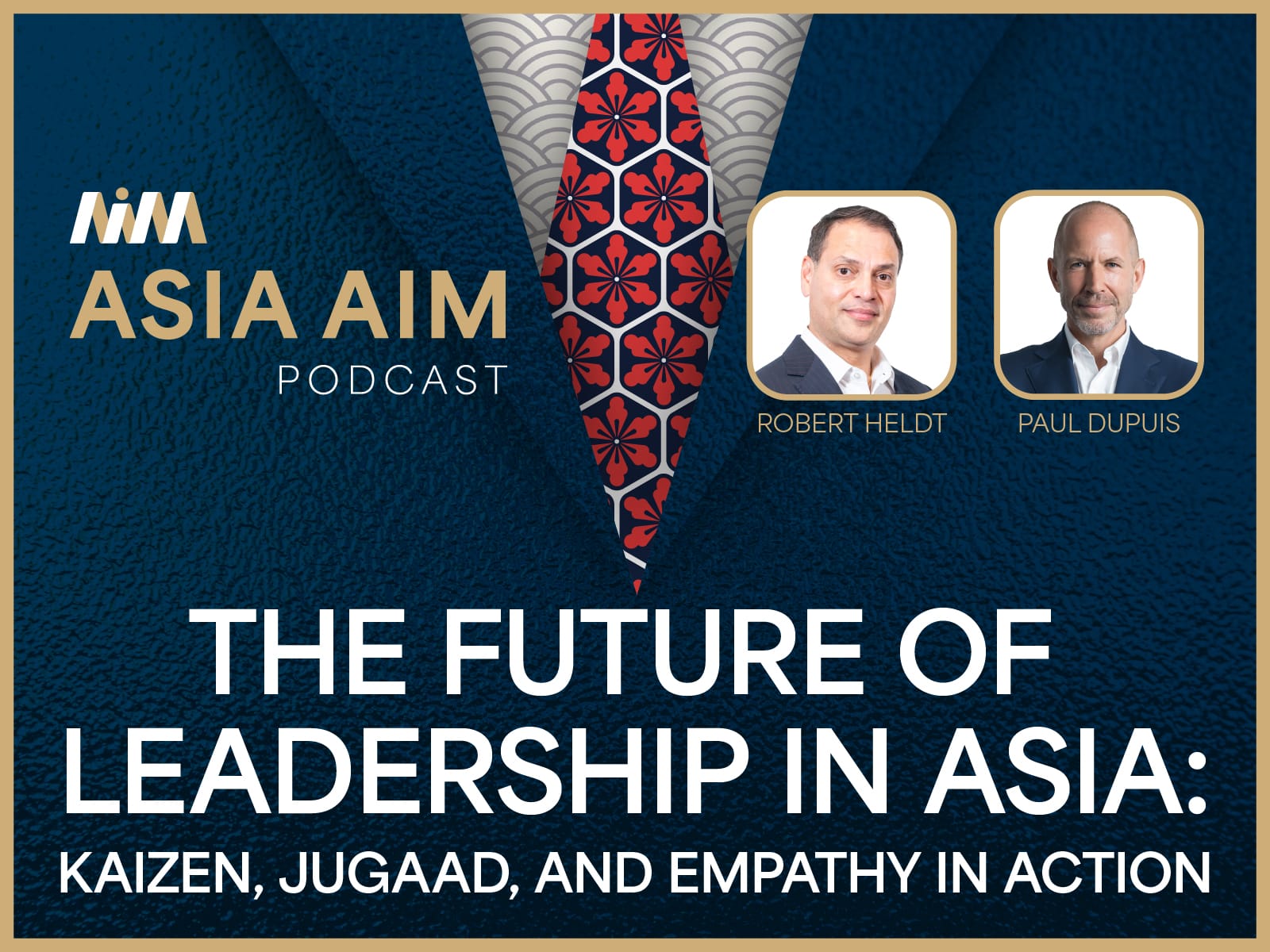
Secrets to Success for B2B Public Relations in Japan
Discover approaches that will pay dividends for your B2B PR efforts.
A strong public relations (PR) strategy can make all the difference between being lost in the crowd and standing out from it. For B2B companies, this can help to manage and enhance a business’s reputation. It can also build trust and credibility with their audience, while building mutually beneficial relationships with other businesses and stakeholders.
It increases a business’s visibility, improves brand value, and helps your audiences understand you better, while improving SEO. To achieve your PR goals, there are some key approaches that are universal, while others are influenced by the specifics of the Japanese market.
Create a Plan
PR is meant to be a long-term strategy to position your brand, and as such, it’s necessary to set out a clear roadmap that helps you establish a solid presence within your industry. And this roadmap, like your marketing approaches, needs to be in line with your business’s goals and objectives. If your PR activities don’t line up with your goals, not only are you not creating value, but you may also be harming your brand.
Identify and Segment Your Audience
As you’re creating your plan and considering the ways that you will reach influencers and opinion shapers within your industry, you will also want to make sure you know who your target audience is. As you conduct the research and analysis to identify this audience, you will discover their needs, preferences, and pain points. All of this will help you establish your customer personas, which you will keep in mind as you implement your approach.
Develop a Strong Media List
All target audiences have certain consumption behaviors. So, to develop a comprehensive B2B public relations strategy, you’ll need to be keenly aware of what kinds of media and distribution channels your target audiences prefer. As you’re creating content, you’ll also find that the best distribution channels and media will vary based on the content you’ve developed.
In Japan, newspapers are still in strong circulation, and trade media publications are still heavily print based. So, for overseas companies, focusing on print may seem behind the times, it is an effective way to target your audience here, especially if you are focusing on older and wealthier demographics.
Then, once you’ve developed a strong media list, it’s important to maintain it. Update the information you have and research any new channels that have become available to add to the list several times a year.
Make Those Connections
While creating content is central to the PR process, it’s equally crucial to lay the groundwork that will help make that content that you share with your media list and distribution channels successful. In Japan, where relationships are particularly important, it is imperative to establish strong ties with influencers, media outlets, and journalists. Not only can they help businesses secure media coverage and become go-to information sources, but they can also help their messages travel far further and generate regular exposure. And because finding journalists can be an uphill battle for businesses, especially right when they need to get the word out, developing and maintaining these relationships in advance as part of your B2B PR strategy can save a lot of time and energy.
As Custom Media COO Sam Bird explains, the benefits of this approach can be immeasurable. “I’ve seen many cases in Japan when businesses our able to outperform their competitors when it comes to PR, all thanks to the interpersonal ties they’ve nurtured.”
Again, be aware that there will be differences between how things work overseas and in Japan. For example, major newspapers and business media outlets don’t usually have specialist, industry-dedicated journalists or writers due to the practice of rotation that requires employees to shift to different positions on a regular basis. And there are few Japanese journalists that have English—or multi-language—capability, so you will need to have someone on your team who can communicate in at least business-level Japanese.
Create Compelling Content
While effective content is central to marketing approaches, it also plays a significant role when it comes to PR, whether it’s through sharing product or service updates, blog posts that establish your expertise within your industry, or press releases that will inspire journalists and media outlets to spread the word. You’ll want to harness creativity in finding a successful angle, and make sure that whatever material you create has a story behind it—it should never just be a sales pitch. Perspectives from company employees or leaders can add a human element to press releases or product announcements and shouldn’t be neglected. If you’ve established good relationships with journalists or media companies, you may be able to workshop ideas with them before releasing them to the public.
Measure Your Results
Finally, however you get the word out, it’s imperative to understand how your PR efforts are affecting your business. This means coming up with measurable PR metrics that indicate success. These could be KPIs such as media impressions, mentions in publications, social engagement, website traffic from referral sources, or backlinks to your website. You should track these results regularly, act on what you see, and clearly assess whether you’re achieving your goals. This will tell you whether you’re on the right track or need to make strategic adjustments.
While success won’t come overnight, keeping these approaches in mind for your B2B PR strategy in Japan will pay rich dividends!
Are you looking to partner with an agency that has a strong track record in Japan-based PR? Get in touch:


